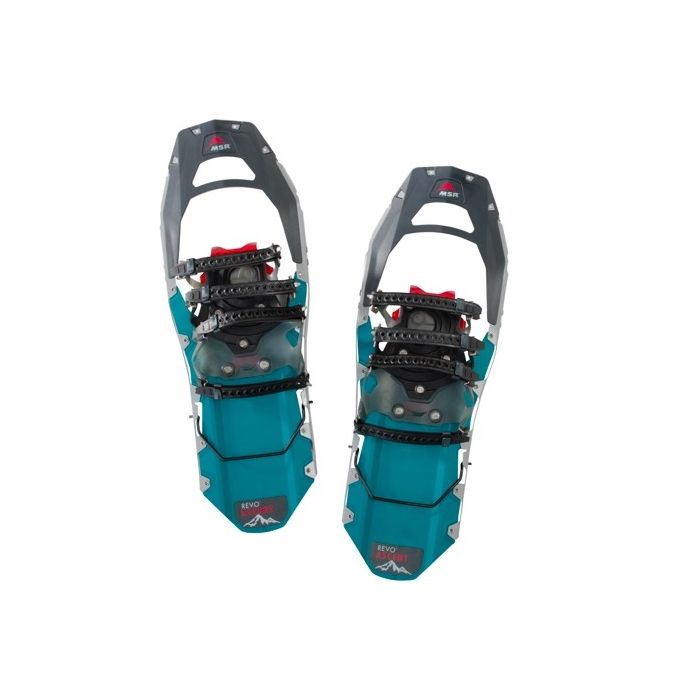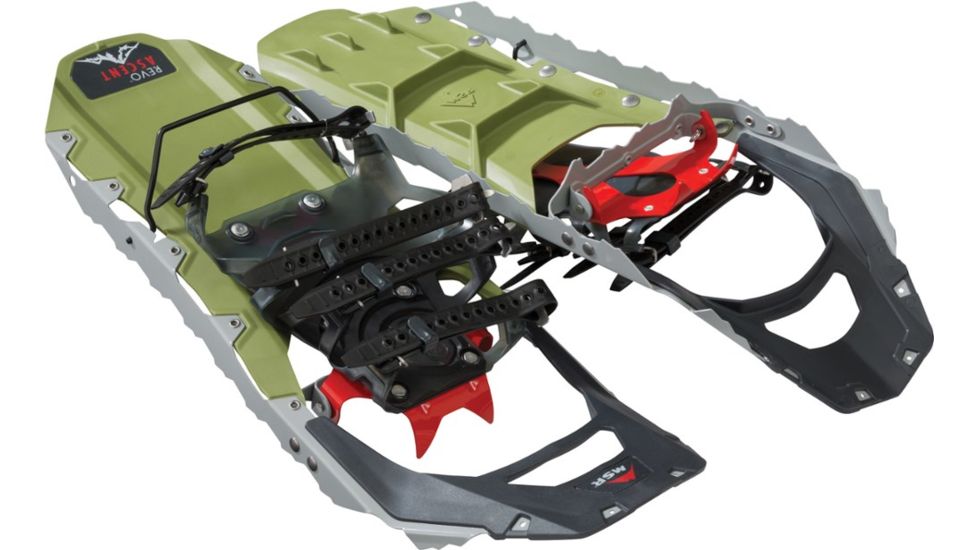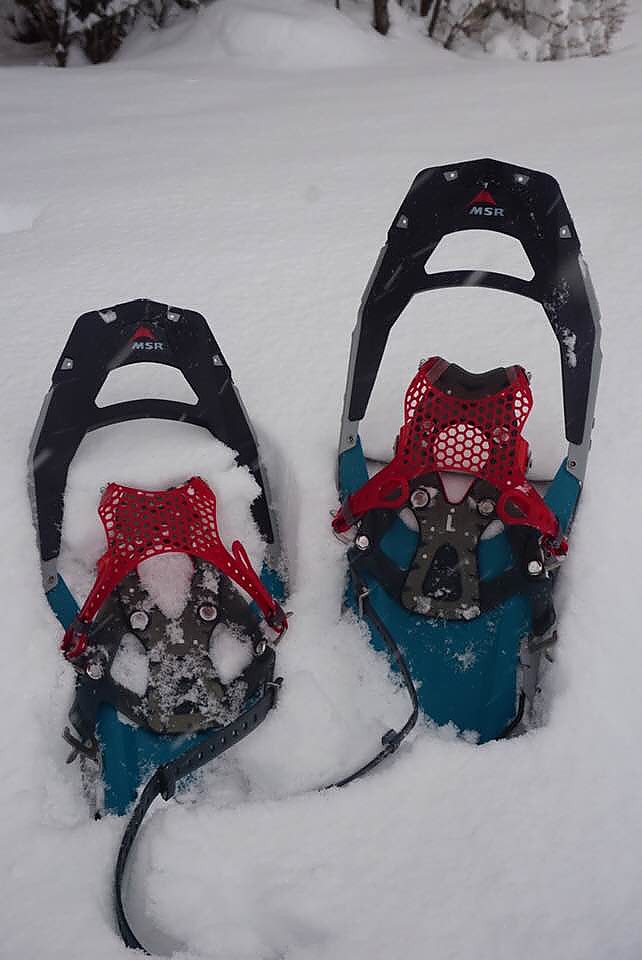
The MSR Lightning Ascent snowshoes are made out of a steel, aluminum an TPU coated Nylon. What type these ‘plasticrubbery’ parts exactly are, MSR does not specify. They are made out of a combination of a 7075-T6 aluminum frame, steel for the teeth at the front of the foot and the crossmembers, a TPU-coated nylon deck and ‘plasticrubbery’ parts for the binding. The MSR Lightning Ascent snowshoes are no different in that respect. I have always liked the technical approach that MSR takes towards their snowshoe construction. So… the first opportunity I had, I took and went to Switzerland to test the MSR Lightning Ascent snowshoes. Since the pandemic I also did not have that much of opportunities to travel but has changed with restrictions being a bit less strict and traveling made easier. The last couple of years snow has been a rarity in my home country The Netherlands. CANNON = Lafayette Campground/I-93 trailhead > Lonesome Lake Trail > Kinsman Ridge Trail > summit.crampons are typically not needed on this mountain in winter however, conditions vary and it is possible you will need them.9.6 miles round-trip 2,900ft gain difficult.CABOT = York Pond Road trailhead > York Pond Trail > Bunnell Notch Trail > Mt.

Bond summit > Bondcliff Trail > West Bond Spur Trail > West Bond summit BONDCLIFF = this mountain is typically combined with Bond and Bondcliff in the winter to bag three peaks in one day: Lincoln Woods trailhead on NH 112 (the Kancamagus Highway) > Lincoln Woods Trail > Wilderness Trail > Bondcliff Trail > Bondcliff summit > Bondcliff Trail > Mt.crampons are almost always required on these mountains in winter.22.6 miles round-trip 4,800ft gain extremely difficult.BOND = this mountain is typically combined with Bond and Bondcliff in the winter to bag three peaks in one day: Lincoln Woods trailhead on NH 112 (the Kancamagus Highway) > Lincoln Woods Trail > Wilderness Trail > Bondcliff Trail > Bondcliff summit > Bondcliff Trail > Mt.crampons are almost always required on this mountain in winter an ice ax is also sometimes needed.9.4 miles round-trip 4,500ft gain extremely difficult.ADAMS = Appalachia/US 2 trailhead > Valley Way > Gulfside Trail > Air Line Trail > summit.A great website to submit trip reports is. I would also like to encourage you to write and submit online trip reports in winter to help others understand and see the latest winter trail conditions. In addition to reading these notes, you should always check the latest trail conditions for these peaks at. Microspikes or Hillsounds (or their equivalent) will likely be needed on ALL of these peaks in winter, unless the snow is deep enough on the ENTIRE trail to warrant using snowshoes from start-to-finish (keep in mind that such good snow conditions can be rare). I have also done my best to estimate how frequently crampons are needed on each of the peaks. Presented below are the most common routes used to hike each of New Hampshire's 4000-footers in the winter season, along with their total mileage and elevation gain. STANDARD HIKING ROUTES TO THE 4000-FOOTERS IN WINTER (however, Zeacliff is nearby and has outstanding views) (from Starr King & an outlook 0.1 mile past the summit) (but mileage is longer in winter since access road is closed) (a few sections sometimes require crampons though) (however, 'The Horn' is nearby and has great views) (of the standard route see list of standard routes below) from late spring through early fall), visit my Hiking the 4000-Footers page.įollow New England Waterfalls on Facebook! If you are looking to hike these mountains in the the non-winter seasons (i.e.

This book cannot be recommended enough - if you are serious about hiking the 4000-footers (and/or want to learning about their history), this is absolutely the one guidebook to purchase.

The book contains excellent information on hiking each of the 48 peaks in winter, including a list of the easiest winter routes. The second edition of this guidebook is currently out-of-print as of the Fall 2022, but if you can find it it is undeniably the best book on the subject.

If you are going to hike these mountains in winter, pick up a copy of the latest edition of the long-trusted guidebook: The 4000-Footers of the White Mountains. While we should all have a healthy fear of these mountains, especially in winter, all of these peaks can be climbed if you have the proper gear, the necessary skills, and favorable weather conditions. HIKING THE 48 4000-FOOTERS OF NH IN WINTERĪll of the 4000-Footers of New Hampshire can be hiked in winter, and many hikers set out to do just that.


 0 kommentar(er)
0 kommentar(er)
